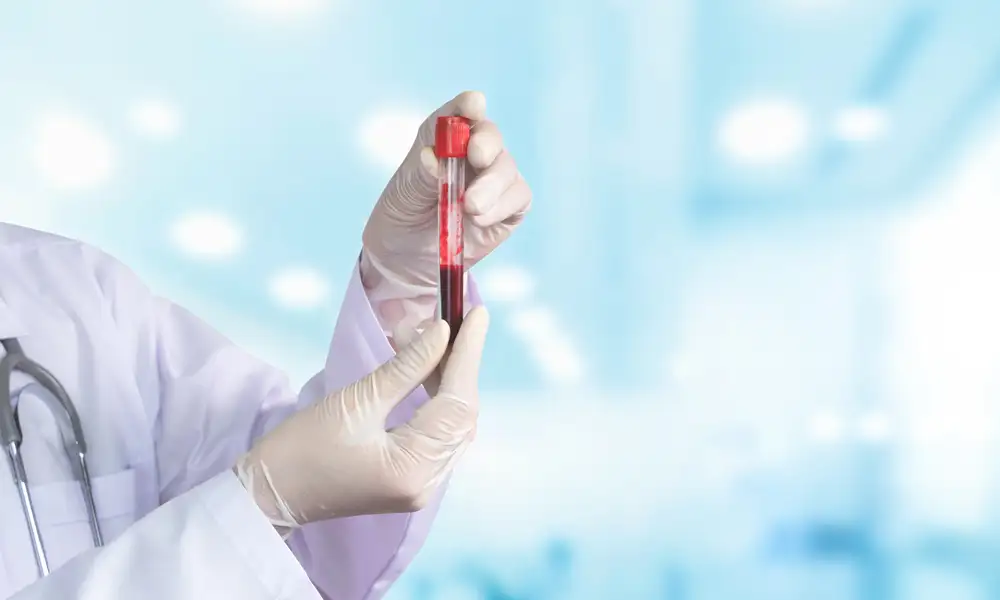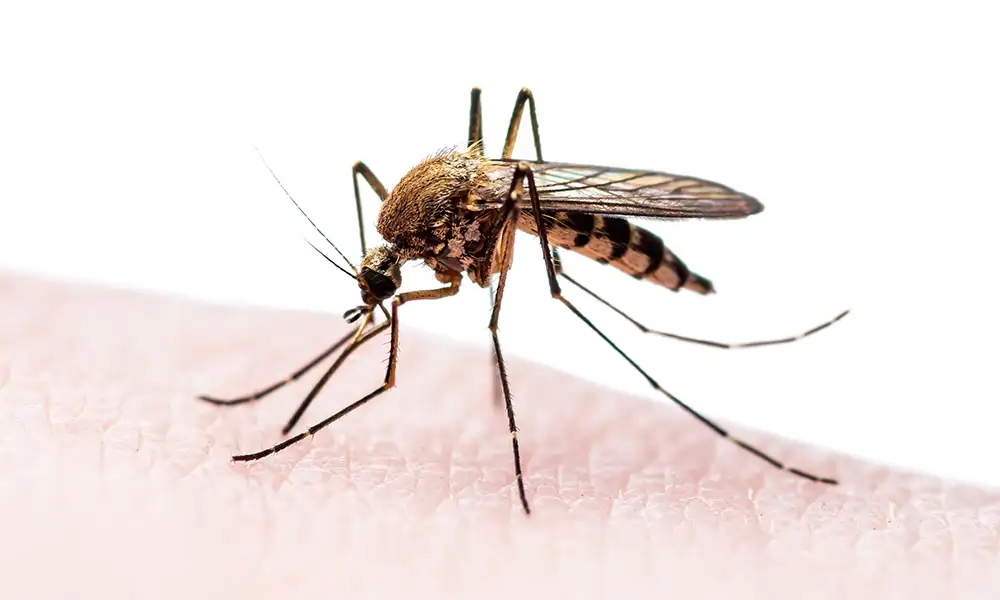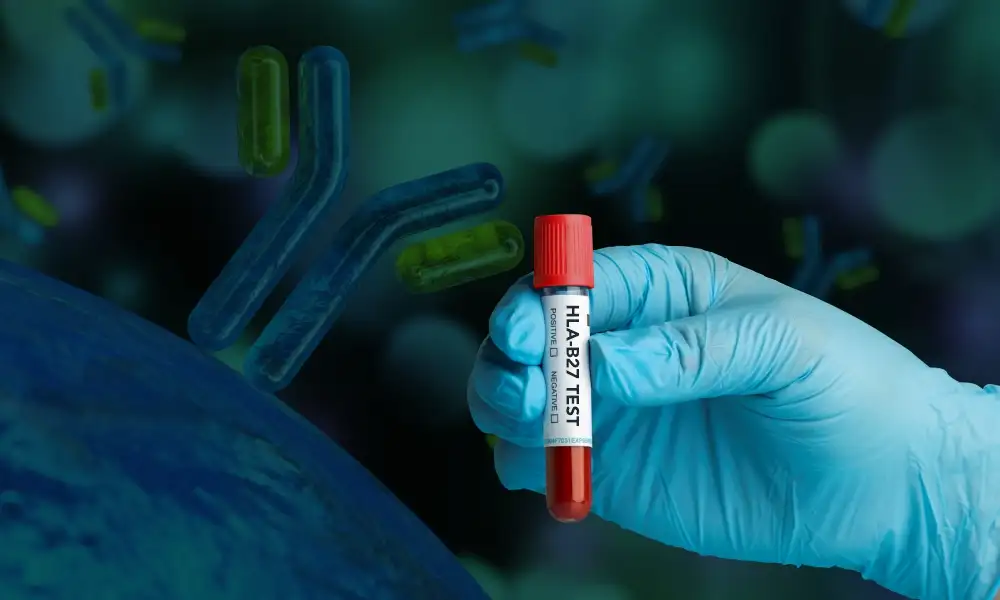Understanding the Incidence of Hemoglobinopathies
- November 04,2021
- 1 Min Read

Hemoglobinopathies are a group of disorders passed down through families (inherited) in which there is abnormal production or structure of the hemoglobin molecule.
There are 2 major types:
-
Quantitative abnormalities: Disorders of decreased globin chain production. Eg: Thalassemias (α, β, δ, δβ)
-
Qualitative abnormalities: Structural variant hemoglobins present. Eg: HbS (Sickle cell), HbD Punjab, HbE, HbQ India, etc.
Acquired hemoglobinopathies:
These are not inherited and are caused due to certain physiological states, deficiencies or diseases.
-
Elevated HbF: Pregnancy, stress hemopoiesis, acute leukemia, JMML, cell-cycle specific drugs
-
Elevated HbA2: Vit B12 deficiency
-
Low HbA2: Iron deficiency
-
Acquired HbH: MDS and AML
They can potentially influence the levels of normal and abnormal hemoglobins in inherited hemoglobinopathies if present concurrently.
The Suburban Diagnostics CoE for Hematology conducted a retrospective study of all cases of hemoglobin analysis conducted by HPLC between 2015 and 2021 to identify the incidence of various hemoglobinopathies. From 34,000+ samples, we found that the 6 year incidence of hemoglobinopathies was 13.3%. The 6 year incidence of some of the major hemoglobinopathies include:
-
Beta Thalassemia Trait: 8.8%*
-
Beta Thalassemia Homozygous: 0.1%
-
Sickle Cell Heterozygous: 0.8%*
-
Sickle Cell Homozygous: 0.2%
-
Hemoglobin D Punjab Heterozygous: 0.4%*
-
Hemoglobin D Punjab Homozygous: 0.01%
-
Hemoglobin E Heterozygous: 0.4%*
-
Hemoglobin E Homozygous: 0.05%
*These percentages do not include double heterozygous cases.
#unburdenhealthcare with us.
Want to book a test? Fill up the details & get a callback
Most Viewed
Premarital Health Screening
- 20 Min Read
Typhoid - Signs and Symptoms
- 3 Min Read
Home Isolation Guidelines - Covid-19 Care
- 5 Min Read
HLA B27 Detection: Flow Cytometry & PCR
- 1 Min Read














